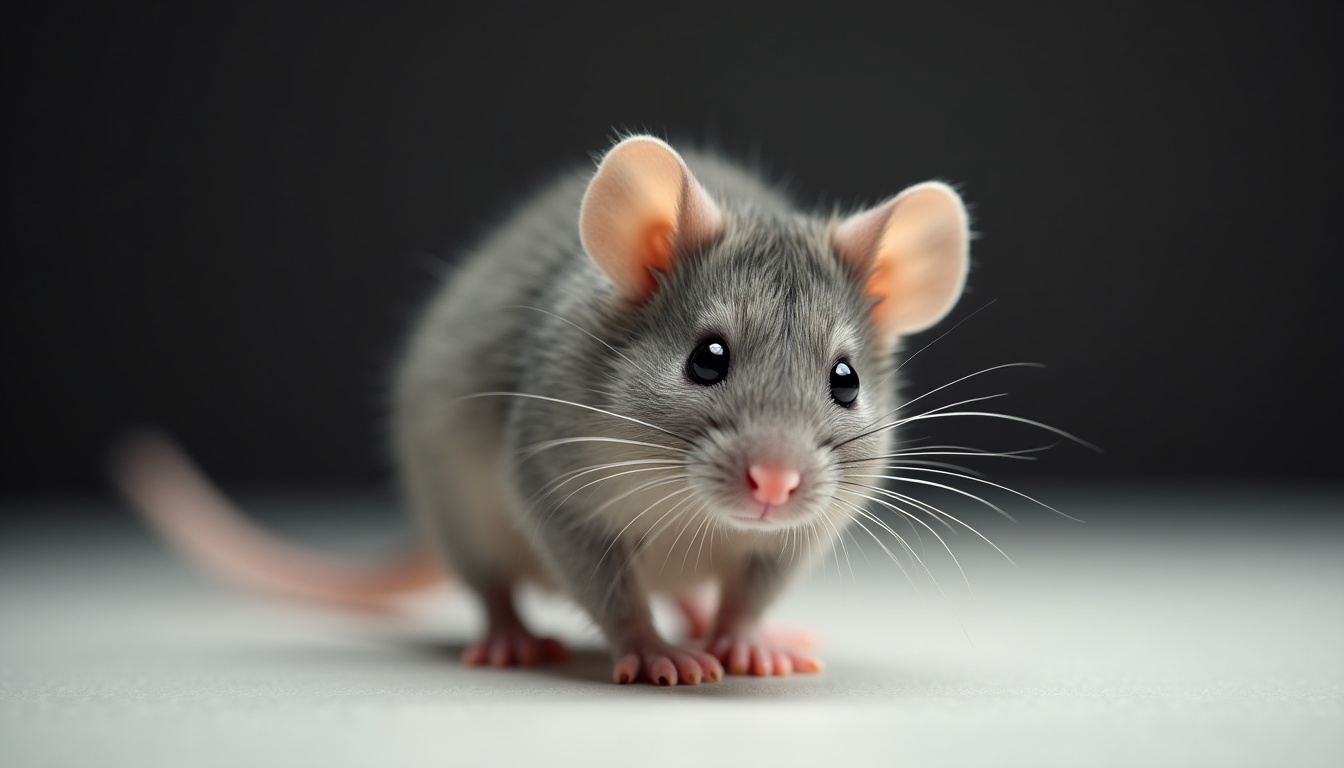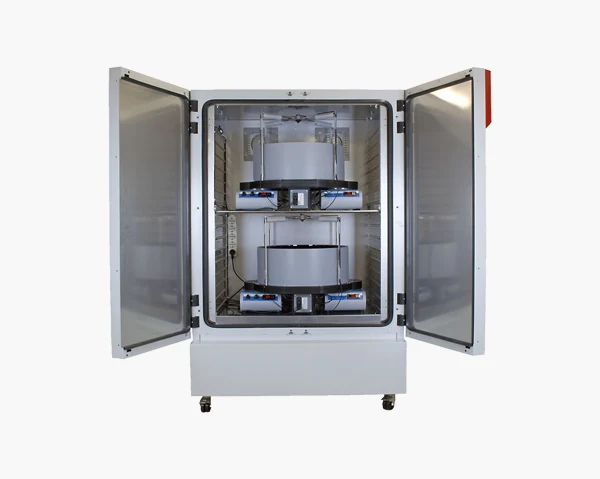Gait Analysis in Rodents: A Window into Pain, Motor Function and Neuroscience Reasearch

Since 1963 Ugo Basile has focused on Pain and Motor research. Gait analysis offers sensitive and functional outcomes for both and many other applications.
Gait is the coordinated movement of limbs during locomotion and its assessment provides integrative output of the nervous system and musculoskeletal function, signaling changes in neurophysiology, peripheral nerve integrity, spinal circuitry, or central motor planning.
From early observations to current technologies
Manual gait scoring in rodent models dates back to the mid-20th century, largely relying on visual inspection or footprint analysis. Early studies involved ink-dipped paws on paper-covered runways, providing a static 2D view of stride length, stance width, and interlimb coordination (see below for description of these parameters).
Currently video-based motion analysis and force platforms have been developed in the attempt to automate paw identification and gait parameter calculations. In addition the current methods allow for the study of temporal parameters (limb coordination, duty cycle and swing/stance ratios) in addition to static ones (stride length, base of support, step alternation index).
Typical applications in Neuroscience and Behavioral research
- Neurodegenerative disease models
- Traumatic brain and spinal cord injury
- Peripheral nerve injury and neuropathy
- Pain research
Key endpoints and parameters
A plethora of parameters can be obtained by the analysis of the images or force patterns obtained through automated systems. However, the most relevant ones are:
Temporal parameters (timing of limb movements during the gait cycle)
- Stride time
- Swing time
- Stance time
- Duty cycle
Spatial parameters (distance-related features of gait)
- Stride length
- Step length
- Base of support
Paw placement and contact metrics (pressure, area and contact dynamics)
- Paw print area
- Print intensity
Interlimb coordination (rhythmic coordination between limbs)
- Regularity index
- Phase relationship
Some parameters must be normalized to reduce confounds (stride length must be normalized to body length, time-based metrics to speed, force/pressure to body weight).
Different systems (e.g., treadmill vs overground) may report slightly different values for the same parameter, depending on animal motivation, speed constraints, and detection sensitivity. For reproducibility:
- Maintain constant environmental conditions
- Use habituation protocols
- Randomize and blind wherever possible
References: comprehensive reviews
Heinzel JC, et al. (2020). Systematic review on CatWalk gait analysis in peripheral nerve injury. Front Med (Lausanne); 7:598761.
Timotius IK, et al. (2023). Meta-analysis of CatWalk XT gait parameters in mouse models. Behav Brain Res; 439:114210.
Deumens R, et al. (2007). Gait analysis in experimental models of spinal cord injury and peripheral nerve injury. J Neurosci Methods; 163(2):195–204.
Parameter descriptions and references listed by parameters
Stride Length
- Definition: Distance between two consecutive placements of the same paw.
- Relevance: Shortened stride indicates motor deficits (e.g., Parkinson’s, stroke, ALS).
- References:
- Hamers et al., 2001. J Neurosci Methods; 113(1):27–40.
- Fleming et al., 2013. J Vis Exp; (76):50342.
- Machado et al., 2015. Neurotherapeutics; 12(2):426–437.
Stride Time
- Definition: Time between two successive contacts of the same paw.
- Relevance: Increased variability is a marker of ataxia or central motor disruption.
- References:
- Gao et al., 2015. Sci Rep; 5:9490.
- Hampton et al., 2004. Neuropharmacology; 47(4):652–661.
Stance Time
- Definition: Time the paw is in contact with the ground during a stride.
- Relevance: Altered in models of spasticity, Parkinsonism, and neuropathy.
- References:
- Deumens et al., 2007. J Neurosci Methods; 163(2):195–204.
- Vrinten & Hamers, 2003. Pain; 102(1–2):203–213.
Swing Time
- Definition: Time the paw is off the ground.
- Relevance: Affected by muscle weakness or loss of coordination.
- References:
- Hamers et al., 2001. J Neurosci Methods; 113(1):27–40.
- Machado et al., 2015. Neurotherapeutics; 12(2):426–437.
Duty Cycle
- Definition: Percentage of the gait cycle spent in stance phase.
- Relevance: Lower values indicate instability or pain.
- References:
- Heinzel et al., 2020. Front Med (Lausanne); 7:598761.
- Timotius et al., 2023. Behav Brain Res; 439:114210.
Base of Support (BoS) / Step Width
- Definition: Lateral distance between contralateral paws (fore or hind).
- Relevance: Increases in ataxia or balance disorders.
- References:
- Vega et al., 2020. eNeuro; 7(1):ENEURO.0451-19.2019.
- Deumens et al., 2007. J Neurosci Methods; 163(2):195–204.
Step Length
- Definition: Distance between placements of two different paws (e.g., left fore to right fore).
- Relevance: Used to evaluate symmetry and compensation.
- References:
- Hamers et al., 2001.
- Fleming et al., 2013.
Paw Print Area
- Definition: Contact surface area of the paw during stance.
- Relevance: Reflects muscle strength, pain, and load-bearing ability.
- References:
- Vrinten & Hamers, 2003.
- Deumens et al., 2007.
Paw Intensity / Pressure
- Definition: Optical intensity or pressure at paw contact (proxy for force).
- Relevance: Reduced in affected limb after injury or in pain models.
- References:
- Heinzel et al., 2020.
- Timotius et al., 2023.
Regularity Index (RI)
- Definition: Percentage of normal step sequence patterns (e.g., alternating paw placements).
- Relevance: Measures interlimb coordination; lower in spinal cord injury and neurodegeneration.
- References:
- Hamers et al., 2001.
- Basso et al., 1995. J Neurotrauma; 12(1):1–21.
Phase Relationship
- Definition: Relative timing of paw placements, expressed as a percentage of the stride cycle.
- Relevance: Identifies disruption in locomotor rhythm (e.g., CPG function).
- References:
- Machado et al., 2015.
- Hampton et al., 2004.
Braking Time / Propulsion Time
- Definition:
- Brake time: Time from initial contact to peak stance.
- Propulsion time: Time from peak stance to liftoff.
- Relevance: Affected in neuromuscular diseases and peripheral neuropathies.
- References:
- Fleming et al., 2013.
- Machado et al., 2015.
Paw Angle
- Definition: Angular deviation of the paw axis from the body axis.
- Relevance: Indicates abnormal rotation or compensatory strategies.
- References:
- Gao et al., 2015.
- Heinzel et al., 2020.
Paw Spread (Paw Splay)
- Definition: Distance between outer toes (usually digit 1 and 5) of the paw.
- Relevance: Reflects intrinsic paw muscle control; altered in nerve injury, ALS, pain.
- References:
- Vrinten & Hamers, 2003.
- Heinzel et al., 2020.
- Machado et al., 2015.
- Deumens et al., 2007.


